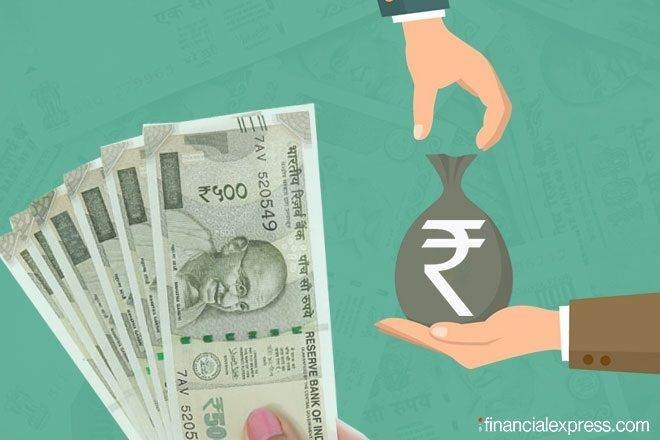Keeping with international trends – after the US, UK and the EU have all increased their equivalent rates – the RBI has also increased its repo rate by 0.5 per cent.
Keeping with international trends – after the US, UK and the EU have all increased their equivalent rates – the Reserve Bank of India (RBI) has also increased its repo rate, i.e. the rate at which it lends to banks, by 0.5 per cent.
With the rate of inflation still high, most market participants are expecting further increases in the policy rates as the intent is for passing the benefits of these rate hikes to the bank’s business and retail customers, to reduce aggregate demand, and therefore inflation.
Read More: Alert for credit card, debit card holders! Big RBI announcement, here is how you are affected
So, will this impact your equated monthly instalments (EMIs)?
“Depends,” said Prithvi Chandrasekhar, President – Risk & Analytics, InCred, adding “Mostly no.”
“Most general-purpose loans extended to households, and specific loans to purchase consumer durables, two-wheelers, etc. are “fixed rate” loans. This means the lender cannot change the interest rate and/ or the EMI even if their cost of borrowing has increased. Lenders could increase the interest rates on new loans that they are now extending. But existing loans will not be impacted,” he added.
“However, some bigger-ticket longer-tenure loans are on “floating rates”. This means the lender has the right to increase the price of the loan, and therefore the EMI, if their cost of borrowing increases. At a time like this, they usually will. Home loans are typically at floating rates. Big education loans to fund studies abroad are also at floating rates. If you are servicing loans of this sort, your monthly EMI cost will probably increase,” Chandrasekhar further said.
Read More: How to check your name in updated voter list online – Step by step process explained here
How much will be the impact?
“Consider a typical home loan for say Rs 50 lakh over 20 years at an interest rate of 7.5 per cent. The EMI would be about Rs 40,000. If the lender increases this rate by 0.5 per cent, the EMI will increase by about Rs 1,800 per month to Rs 41,800. Doesn’t seem like a lot, but it adds up. An extra Rs 1800 per month over the tenure of the loan is over Rs 4.3 lakh. You can work out the impact of any potential increase in rates on your loan on a range of free online tools like emicalculator.net,” said Chandrasekhar.
How long will this trend of increasing interest rates continue?
“The current bout of severe inflation in the global economy was triggered by the supply shocks caused by COVID-19, the massive government spending to counteract COVID’s economic effects, and the subsequent war in Ukraine,” said Chandrasekhar.
“Many economists expect inflation to taper off and the interest rate cycle to reverse again as the economy adjusts to the new normal. It is impossible to predict when this will happen. Until then, you would be well advised to repay your existing fixed or floating rate loans as quickly as possible,” he added.



































